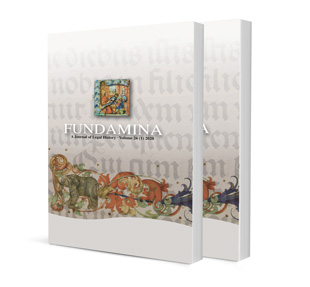The Procurement, Removal and Use of Human Tissue and Organs in South African Law: a Legal-Historical Analysis

The Procurement, Removal and Use of Human Tissue and Organs in South African Law: a Legal-Historical Analysis
Authors Melodie Labuschaigne and Magda Slabbert
ISSN: 2411-7870
Affiliations: BA BA(Hons) MA DLitt (UP) LLB LLD (Unisa). Professor, Department of Jurisprudence, School of Law, University of South Africa; BA (UFS) BA(Hons) (US) HED (UFS) LLB (Unisa) LLD (UFS). Professor, Department of Jurisprudence, School of Law, University of South Africa
Source: Fundamina, Volume 30 Issue 2, p. 1-32
https://doi.org/10.47348/FUND/v30/i2a1
Abstract
The current legal framework regulating human tissue and organ procurement, removal and use is inconsistent, inadequate and often ambiguous. By tracing the legal developments relating to the regulation of human tissue and organs since the inception of the first South African regulatory framework in 1952, this contribution seeks to determine the origin of existing limitations and challenges pertaining to this field. Case law is also discussed to illustrate the lack of understanding and complexity regarding the application of the relevant provisions in a practical context. The study concludes with a number of recommendations aimed at closing the identified gaps, based on past best practice emerging from the legal-historical analysis conducted.